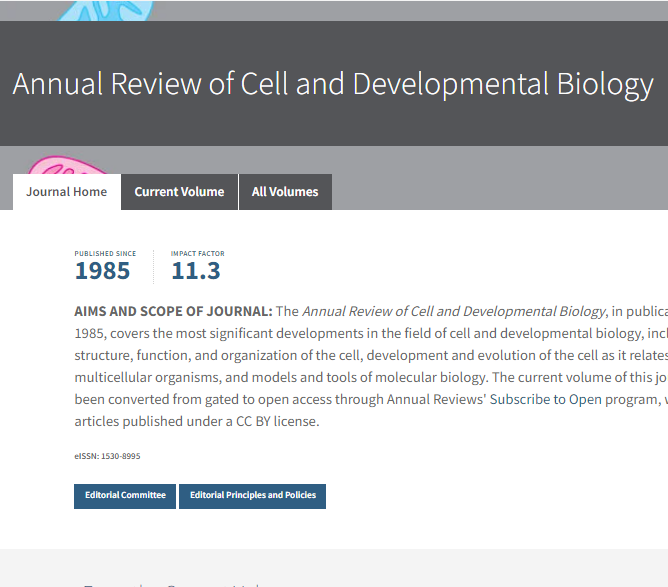有丝分裂和脊柱侧弯发生过程中的运动配合。
IF 11.4
1区 生物学
Q1 CELL BIOLOGY
Annual review of cell and developmental biology
Pub Date : 2022-05-05
DOI:10.1146/annurev-cellbio-121420-100107
引用次数: 6
摘要
纤毛和有丝分裂纺锤体是基于微管(MT)的大分子机器,分别在细胞周期的间期和M期连续组装和拆卸,并在真核细胞如何在液体中游动、感知环境和分裂以自我繁殖中发挥基本作用。这些结构的形成和功能取决于几种类型的细胞骨架马达,特别是基于MT的驱动蛋白和动力蛋白,辅以基于肌动蛋白的肌球蛋白,它们可能在有丝分裂或纤毛形成途径的特定步骤中独立或协同发挥作用。这些途径的系统特异性差异是因为不同的细胞类型可以不同地部署纤毛和有丝分裂运动,而不是遵循简单的单运动单功能规则。这反映了众所周知的自然选择对基本分子过程的影响,在亚细胞尺度上创造了多样性。在这里,我们回顾了我们目前对纤毛和有丝分裂纺锤体的组装、拆卸、维护和功能过程中的运动功能和合作的理解。《细胞与发育生物学年度评论》第38卷预计最终在线出版日期为2022年10月。请参阅http://www.annualreviews.org/page/journal/pubdates用于修订估算。本文章由计算机程序翻译,如有差异,请以英文原文为准。
Motor Cooperation During Mitosis and Ciliogenesis.
Cilia and mitotic spindles are microtubule (MT)-based, macromolecular machines that consecutively assemble and disassemble during interphase and M phase of the cell cycle, respectively, and play fundamental roles in how eukaryotic cells swim through a fluid, sense their environment, and divide to reproduce themselves. The formation and function of these structures depend on several types of cytoskeletal motors, notably MT-based kinesins and dyneins, supplemented by actin-based myosins, which may function independently or collaboratively during specific steps in the pathway of mitosis or ciliogenesis. System-specific differences in these pathways occur because, instead of conforming to a simple one motor-one function rule, ciliary and mitotic motors can be deployed differently by different cell types. This reflects the well-known influence of natural selection on basic molecular processes, creating diversity at subcellular scales. Here we review our current understanding of motor function and cooperation during the assembly-disassembly, maintenance, and functions of cilia and mitotic spindles. Expected final online publication date for the Annual Review of Cell and Developmental Biology Volume 38 is October 2022. Please see http://www.annualreviews.org/page/journal/pubdates for revised estimates.
求助全文
通过发布文献求助,成功后即可免费获取论文全文。
去求助
来源期刊
CiteScore
19.50
自引率
0.00%
发文量
21
期刊介绍:
The Annual Review of Cell and Developmental Biology, established in 1985, comprehensively addresses major advancements in cell and developmental biology. Encompassing the structure, function, and organization of cells, as well as the development and evolution of cells in relation to both single and multicellular organisms, the journal explores models and tools of molecular biology. As of the current volume, the journal has transitioned from gated to open access through Annual Reviews' Subscribe to Open program, making all articles published under a CC BY license.

 求助内容:
求助内容: 应助结果提醒方式:
应助结果提醒方式:


